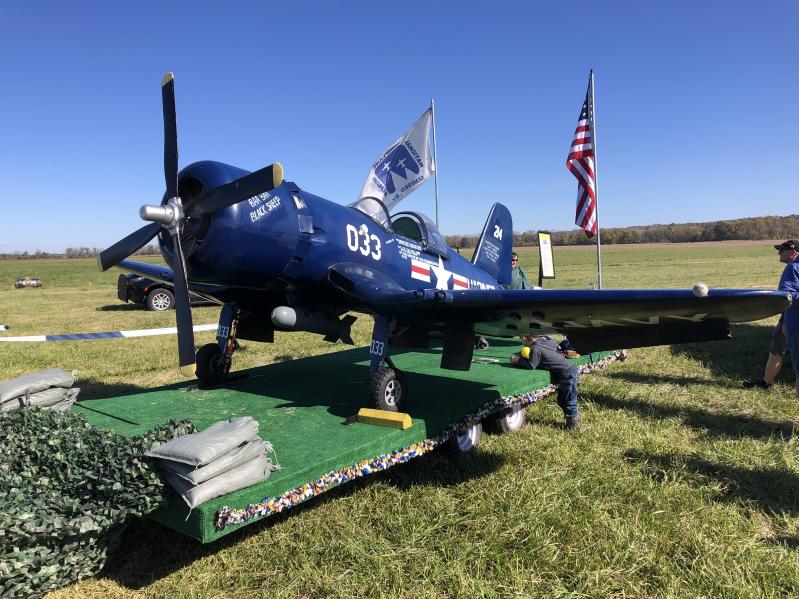Approaching the girthy hold of a Lockheed C-130 Hercules cargo plane over the weekend, what was noticeable was not the 132-foot wingspan, the four massive turboprops, or the 83,000-pound whale of a body that must strain the laws of flight physics. No, it was the smell.
Old leather? Fire-retardant foam insulation? The musty fabric straps of seat belts and cargo netting? Whatever the source, it's a trigger, and it's remarkably consistent across aircraft — even my late father's 1966 four-seater Piper Cherokee 140, in which I spent countless hours of my childhood, much of the time vaguely ill.
The psychosomatic nature of airsickness is interesting. It got to the point where it would rear its green head upon simply nearing an airport, before I even got out of the car.
I remember the trusty red Martinson coffee can in my lap for puke. I remember wintertime flights headed south when the sun would beat down on my father and older brother in short sleeves in the front seats, while in the shaded back I huddled in my heavy coat. I remember treating myself to Mr. Pibb from the vending machines of podunk airports as numerous as they were faceless below the Mason-Dixon line.
The C-130, which saw action in Vietnam, was parked, on permanent display, at the National Warplane Museum upstate in Geneseo, a place I once urged my father to visit and which he would have loved. It sits in the farm fields of the valley below town, its long grass airstrip just this side of the cornstalks.
What you see taking off and landing is the museum's Whiskey 7, a Douglas C-47 transport that flew over Normandy and that is, it's well worth noting, available for rides. As is a World War II-era "basic trainer," a BT-13 Valiant, with an all-glass cockpit to better take in the horse farms and abundant agriculture below.
On a budget? For 85 bucks you can head up in an L-16 Aeronca, a high-wing, tail-dragging two-seater with a fabric fuselage. I might even go for that one. With a short enough trip, I could leave the can behind.

